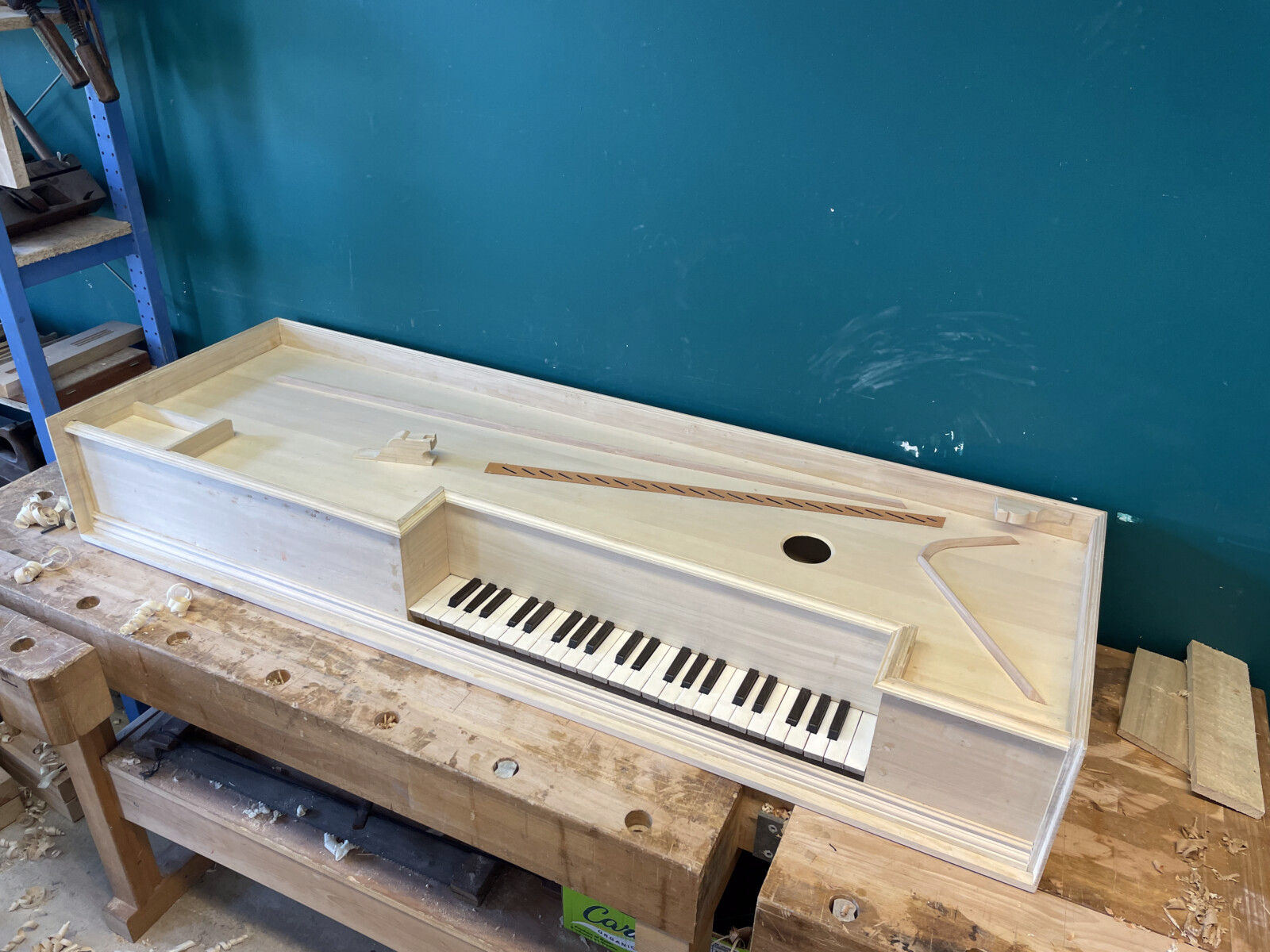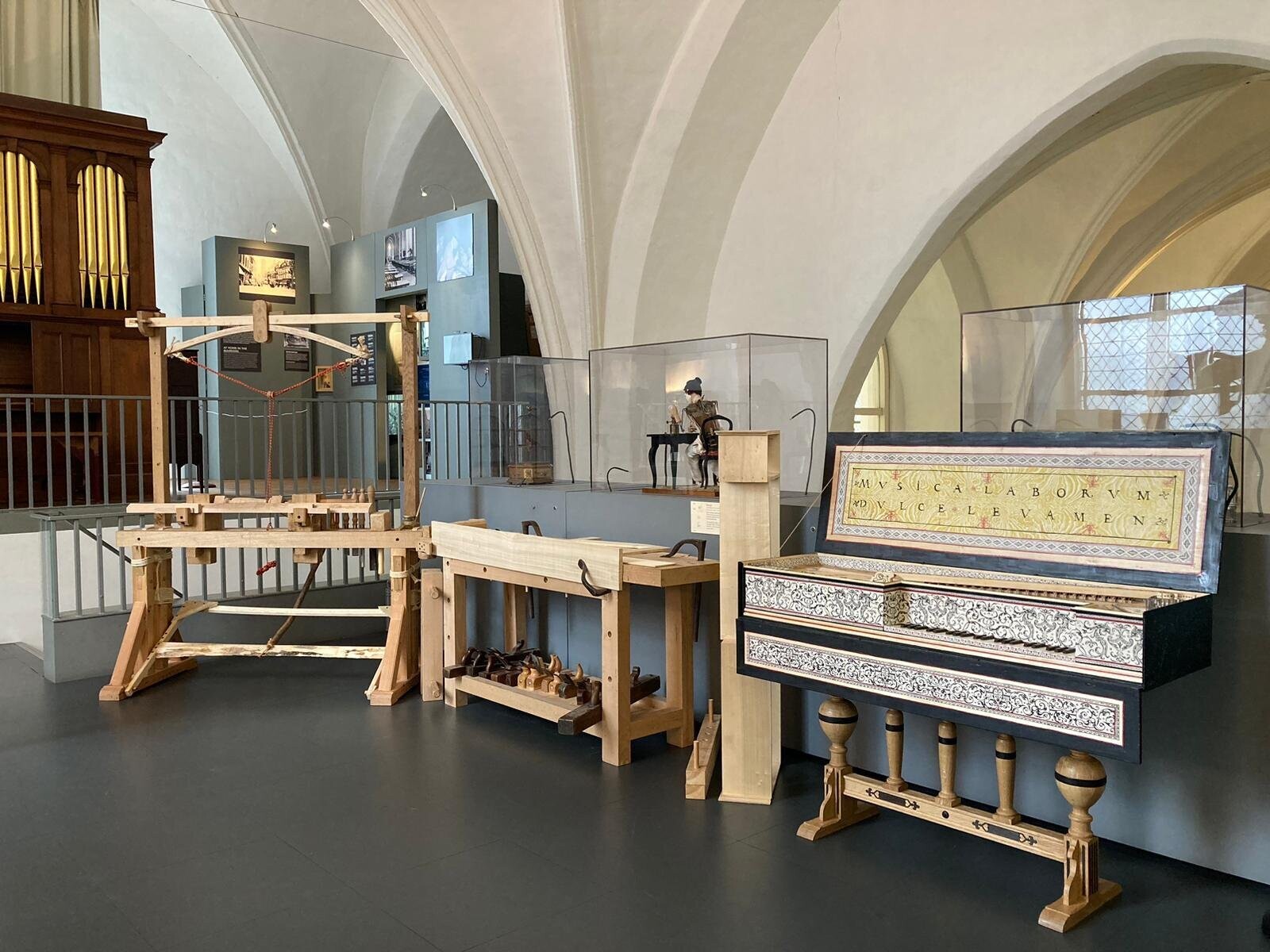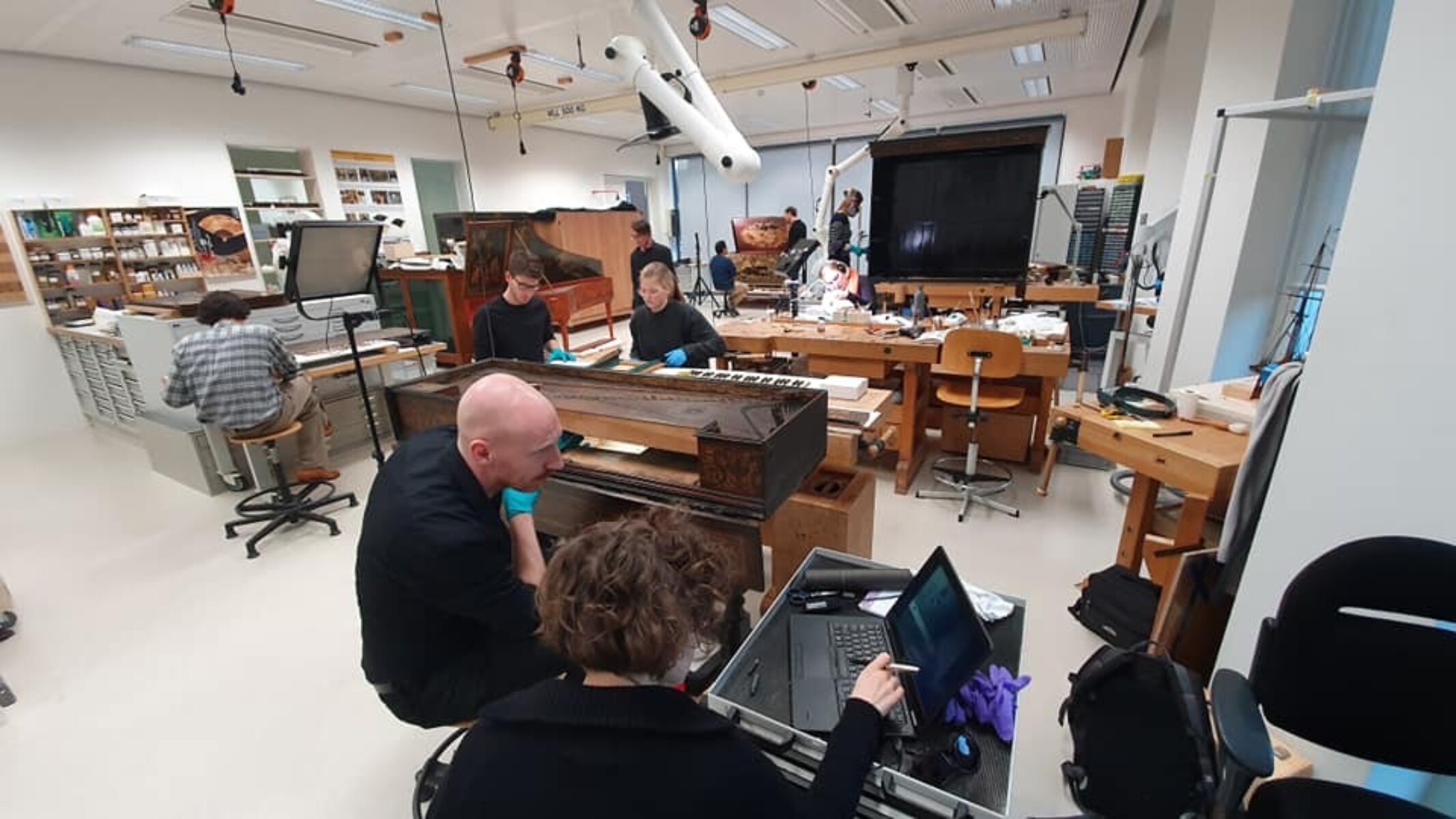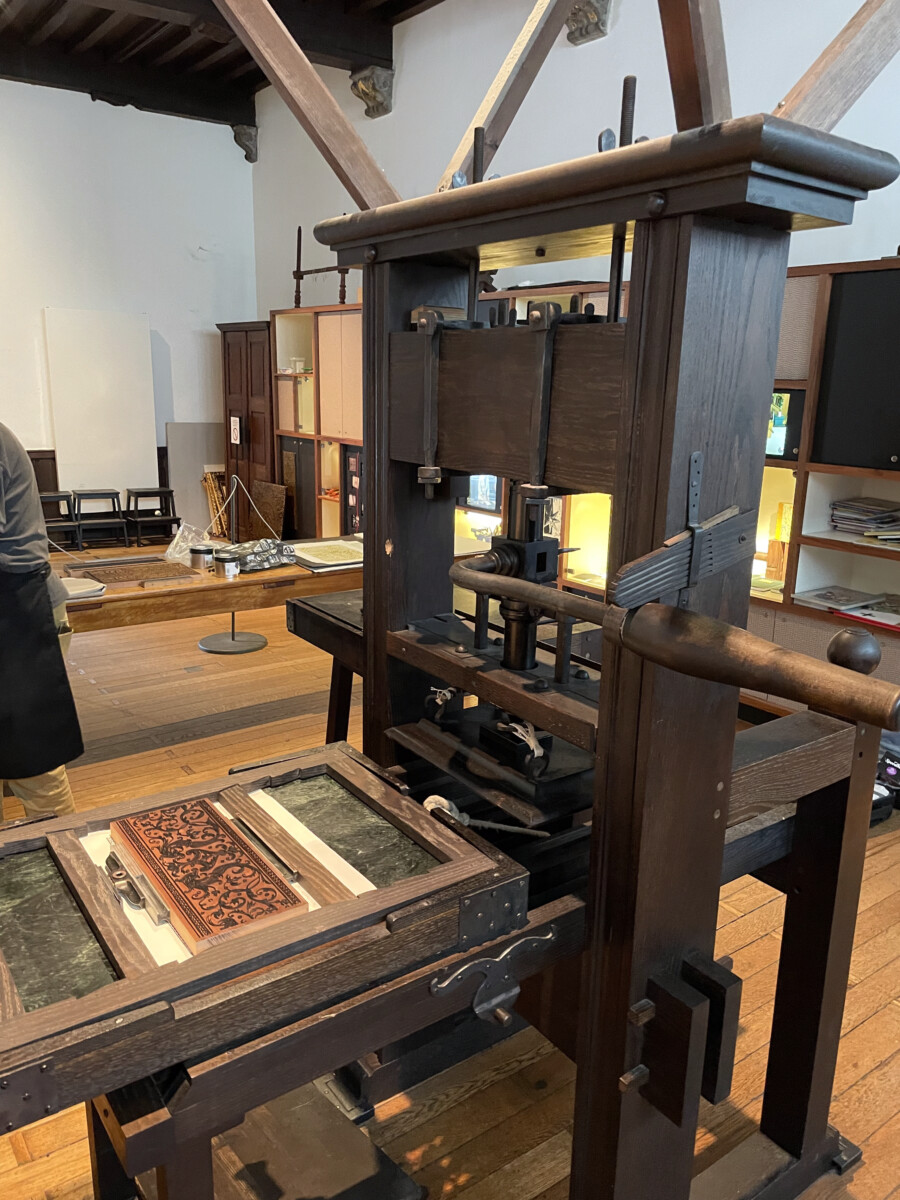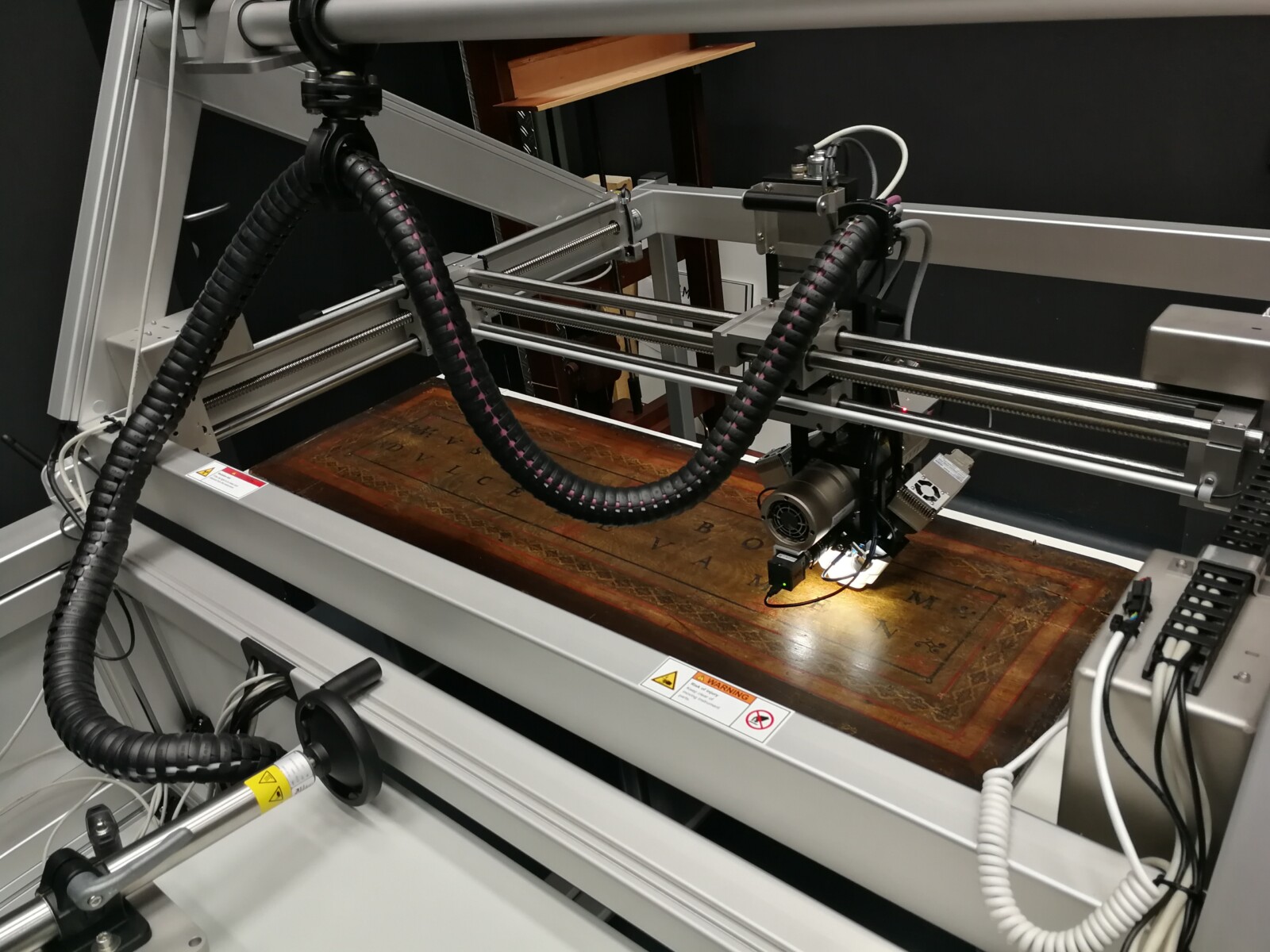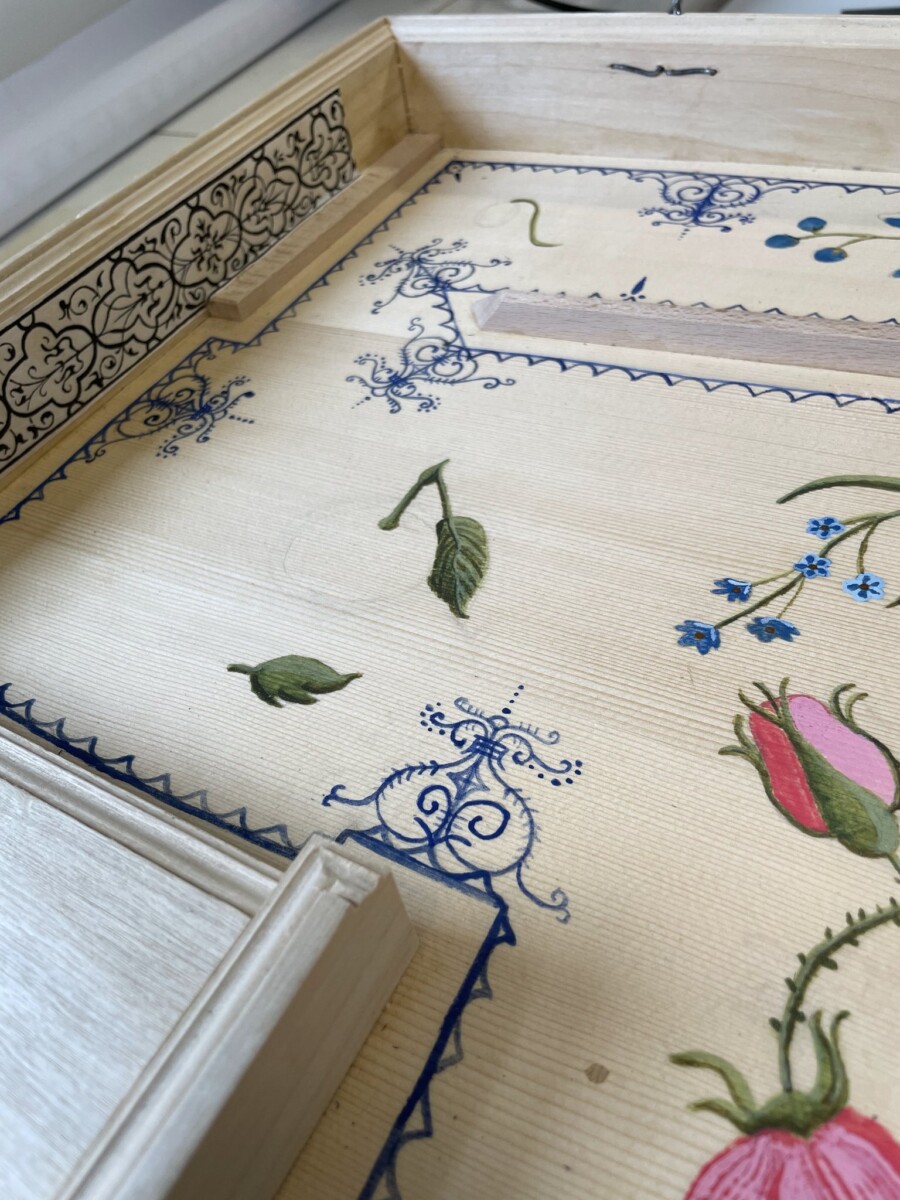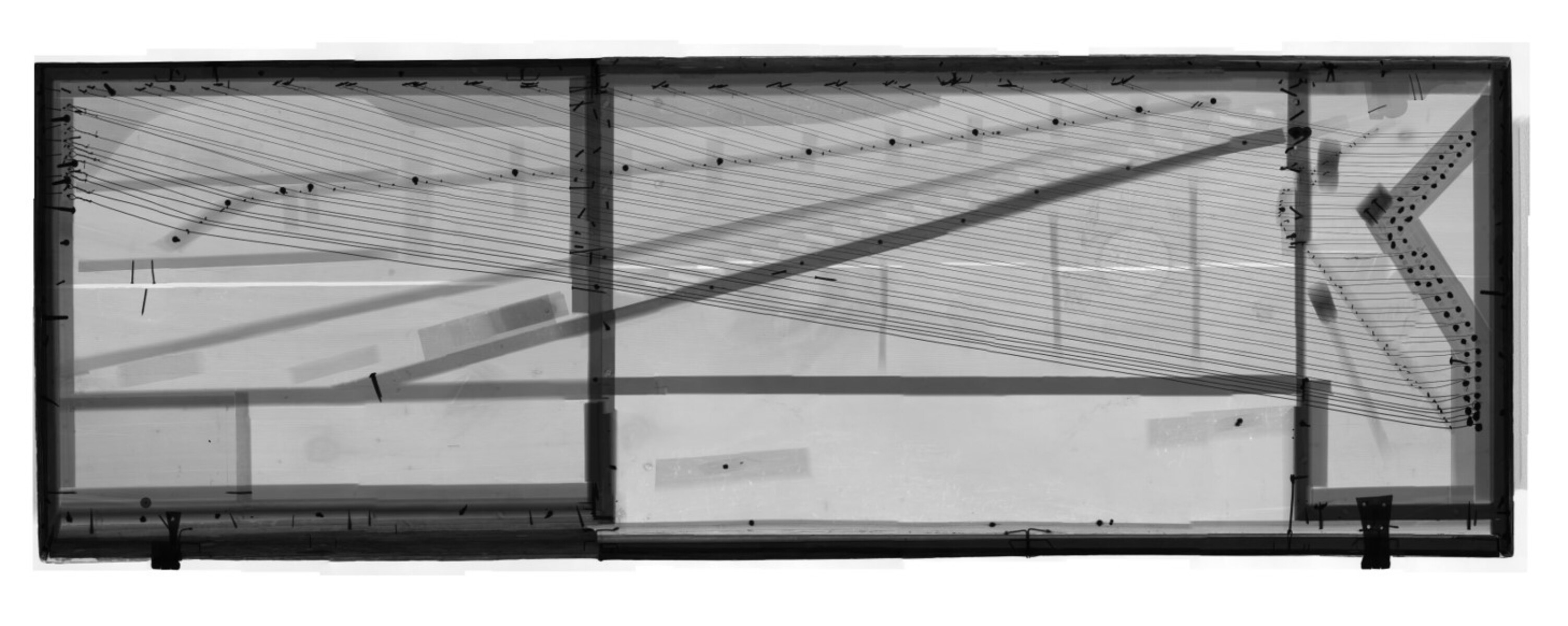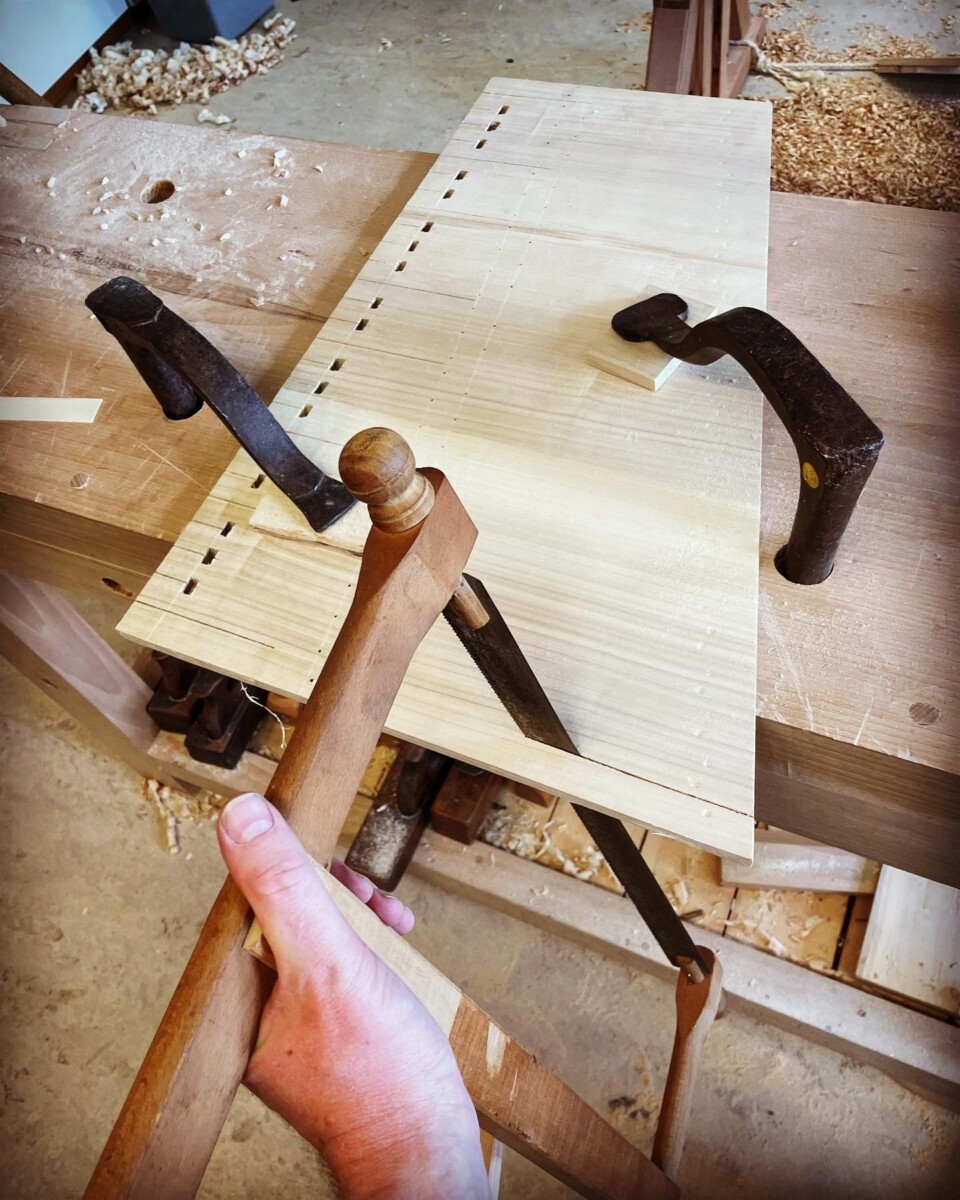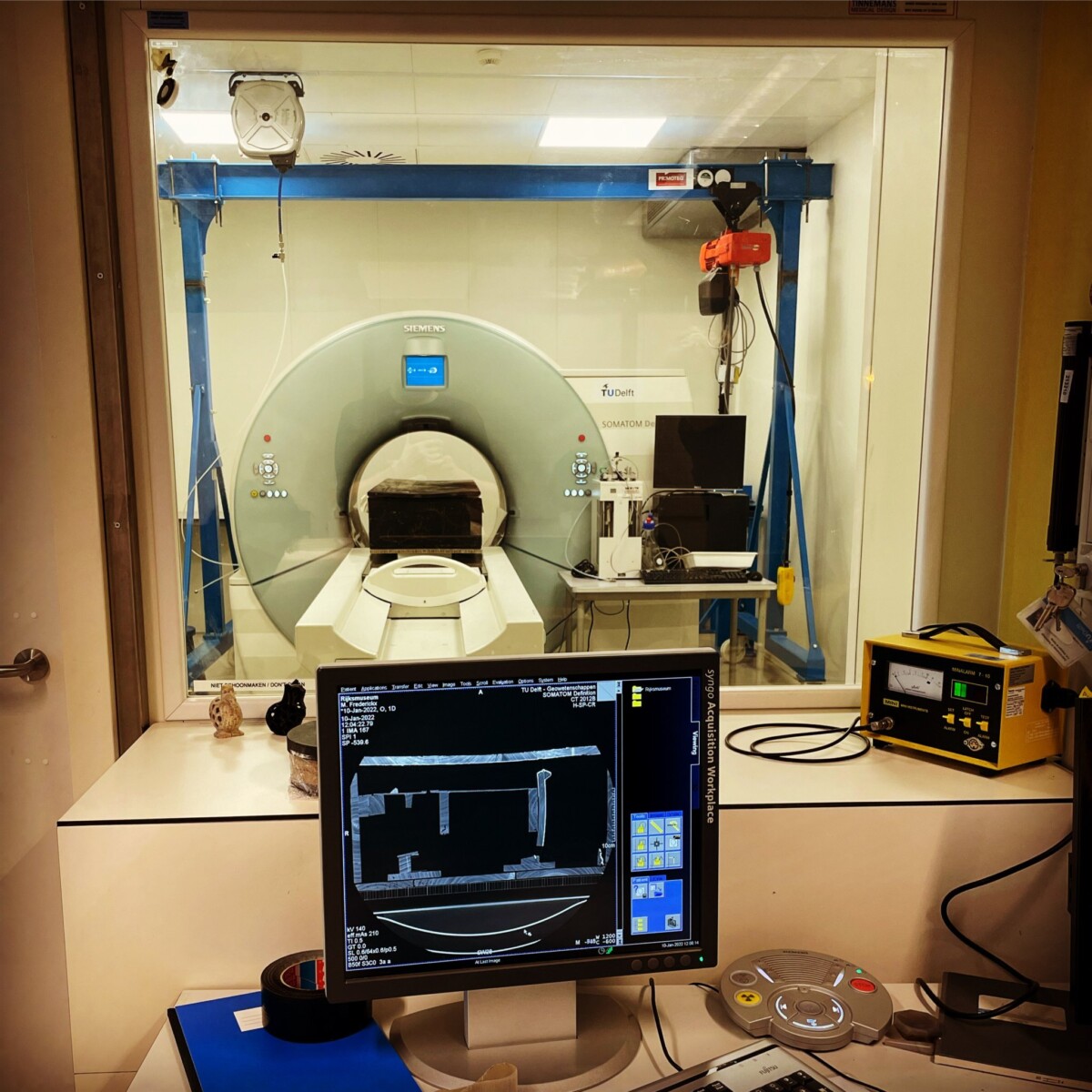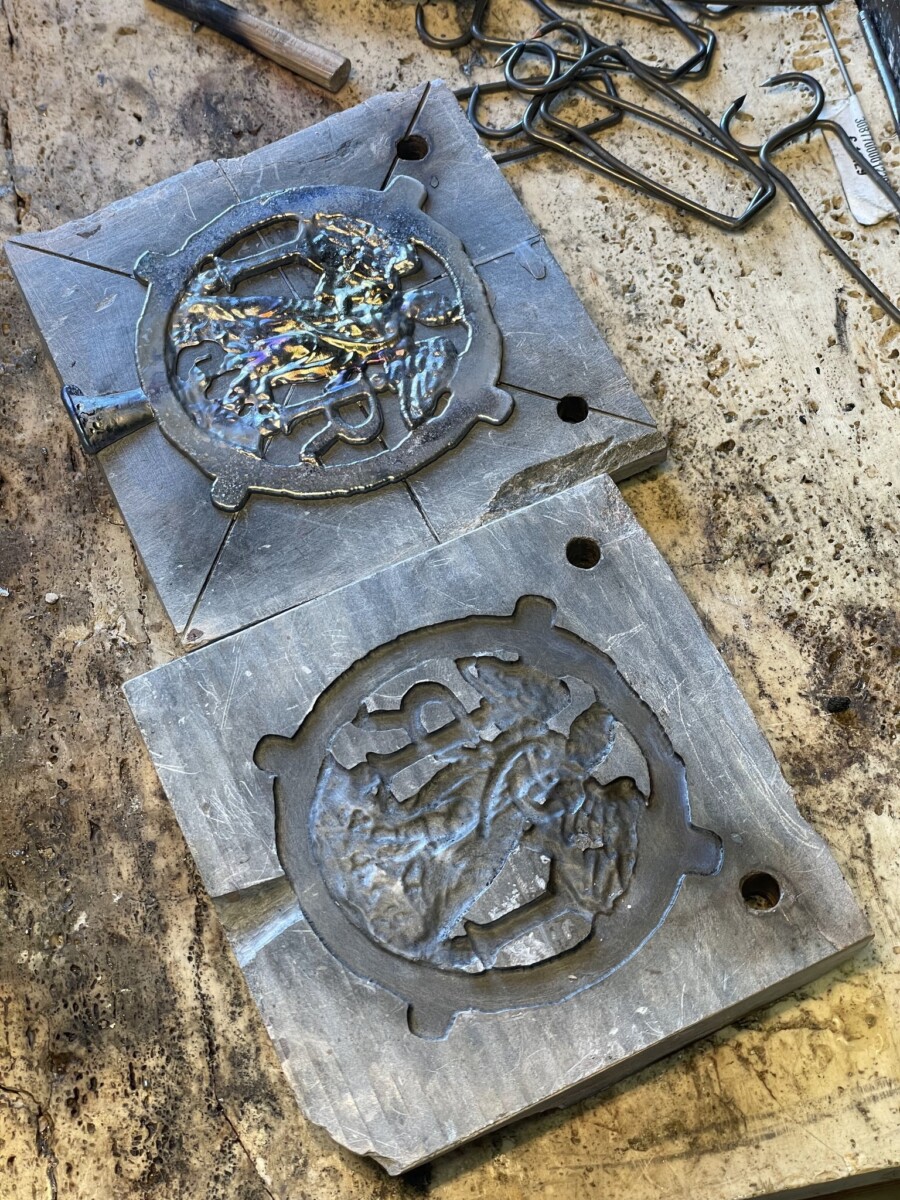Dialogue with members of the Palestine Film Institute General Assembly (Rasha Salti, Saeed Taji Farouky and Reem Shadid) followed by a screening of R21 AKA Restoring Solidarity (71 min, 2022, DCP)
Archives in Dialogue is a platform dedicated to gathering, sharing, and reflecting on archival practices, solidarity, and memory. Simultaneously recorded as a podcast, this initiative aims to foster an ongoing conversation that delves into the realms of politics, poetry, and cinema. The dialogue specifically focuses on artistic productions connected to the anti-colonial, anti-imperialist, and anti-fascist political struggles of the 20th century. An era that produced a vast and rich body of film work that has been consistently marginalized in film studies, curation, and the industry.
By examining archival practices related to these films and their histories, we can better understand and interrogate the absence or discontinuation of such political engagement in contemporary cinema. Through the practice of "unarchiving" archives, this dialogue seeks to reconstruct collective histories and revive the intersections of transitional solidarities. This horizontal reflection on practices and methodologies ultimately allows a new pedagogy to emerge.
The fifth episode focuses on the critical role of activating film heritage and archives during the genocide in Gaza. It explores how the pursuit of relevant contexts and images became an essential act of resistance. Furthermore, it examines the vital contribution of transnational Palestine solidarity networks in challenging the dehumanization of the Palestinian people within mainstream media.
The guests are not only members of the Palestine Film Institute General Assembly but are also acclaimed film programmers and curators. They regularly collaborate with Palestinian and international artists, filmmakers, and activists, deeply engaging with these themes. Their expertise offers an expansive view of artistic practices utilized for researching Palestinian film and art archives, as well as the institutional strategies developed to interrogate and redefine the meaning of archiving and programming in times of conflict.
The Dialogue will be followed by a screening of Mohanad Yaqubi’s film, “R21 AKA Restoring Solidarity.” A film that uses the medium of cinema and its timeline to inventory a 16mm collection about the Palestinian struggle, which has been safely preserved in Tokyo. This Screening is part of United Screens for Palestine activities in collaboration with N22.
This Episode of “Archives in Dialogue” is hosted by Pianofabriek, in the context of their United Screens for Palestine screening series in collaboration with N22( Brussels community centers Network), and the Archival Sensations research cluster at KASK & Conservatorium.
Mohanad Yaqubi is affiliated as an artistic researcher to KASK & Conservatorium, the school of arts of HOGENT and howest. The research project Aesthetics of Transnational Solidarity Cinema was financed by the HOGENT Arts Research Fund.
